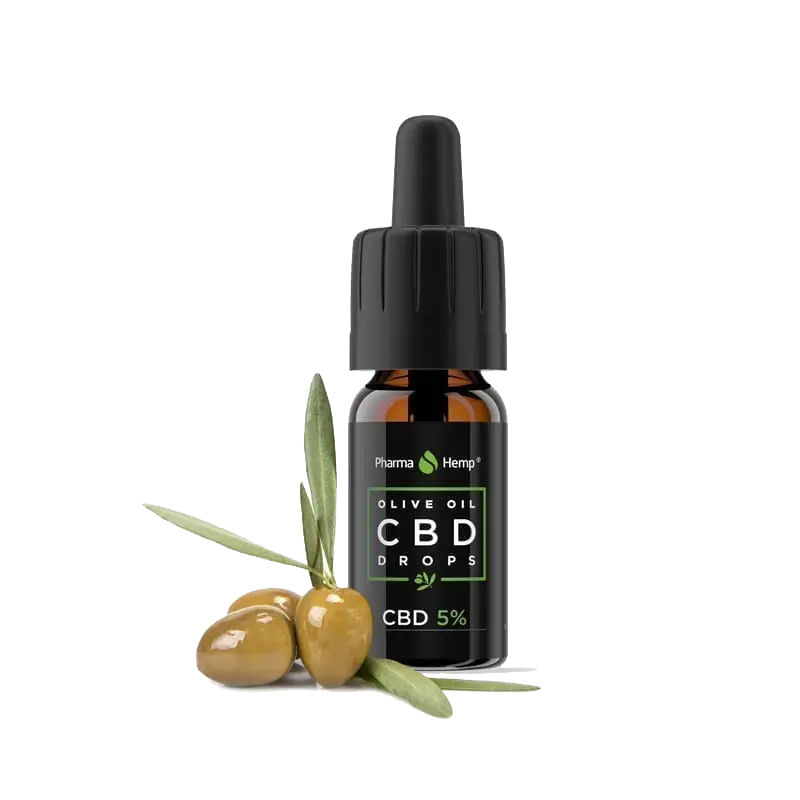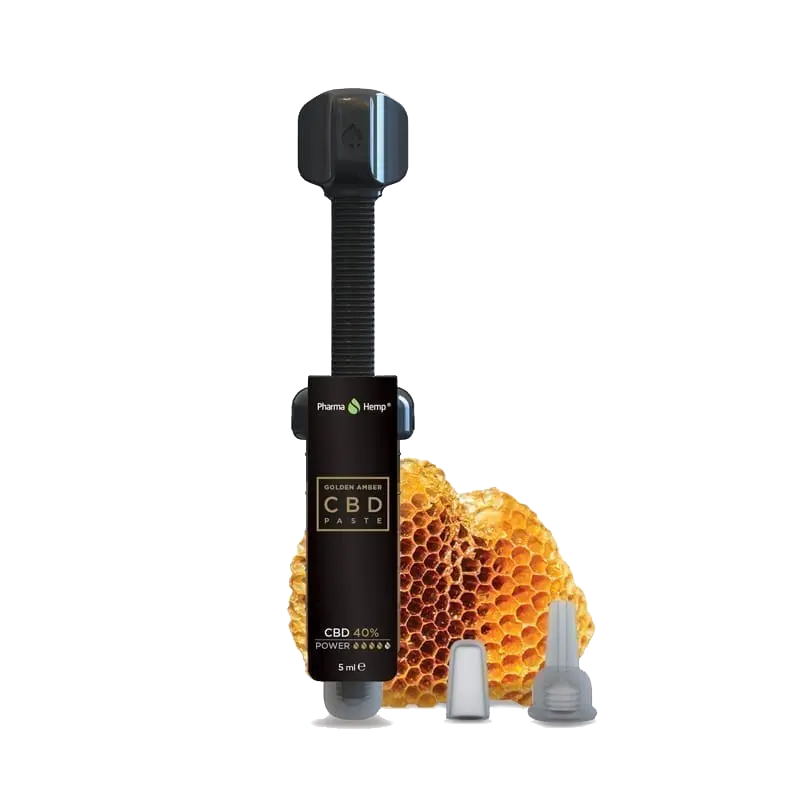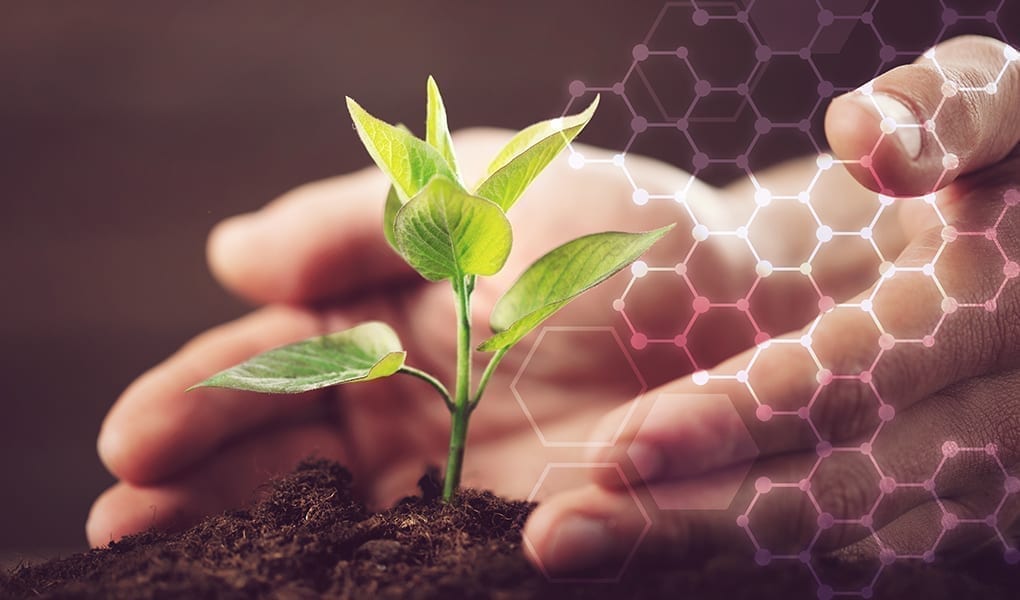Perhaps you’ve heard of the term ‘cannabinoid’ thrown around a lot in the cannabis industry. But did you know that there are several other plants with cannabinoids found in Nature? These cannabinoids stimulate the endocannabinoid system (ECS), located in the human body, to maintain homeostasis. The ECS regulates the body’s essential functions, such as the response to pain, sleep, appetite, and mood.
What are cannabinoids?
Cannabinoids are active chemical compounds that bind with cannabinoid receptors found in humans and mammals, including cats, dogs, etc. These cannabinoids are also found in various plants and many superfoods.
There are two types of cannabinoids:
- Phytocannabinoids are cannabinoids produced naturally by plants.
- Endocannabinoids are cannabinoids produced naturally in the human body and animals
Cannabis Plant
Cannabis plants are the most popular plants containing cannabinoids.
In the past few years, cannabis has become one of the most useful medicinal plants globally. Recent studies and anecdotal reports show that cannabis (marijuana and hemp) offers a wide range of potential benefits for the human body.
The cannabis plant has two famous cannabinoids: tetrahydrocannabinol (THC) and cannabidiol (CBD). These compounds interact with the cannabinoid receptors CB1 and CB2, located in the central nervous and immune systems, providing the necessary relief.
Other plants containing cannabinoids other than cannabis
Surprisingly, cannabis is not the only plant that contains cannabinoids. There are many other superfoods and flowers with cannabinoids that interact with and influence the ECS in a very similar way.
There are also a few well-known plants that contain chemical substances known as cannabimimetic compounds that mimic the biological activity of cannabinoids.
Here is a list of 7 plants that contain cannabinoids:
Coneflower (Echinacea)
Echinacea is a common medicinal plant that has been used therapeutically for decades to fight the common cold. It’s not surprising to find that coneflower contains cannabinoids. Incredibly, echinacea works in the same way as the cannabis plant.
While echinacea cannabinoid interacts with the ECS, specifically the CB1 receptors, it does so with cannabimimetic rather than cannabinoids. It’s this interaction with the ECS that causes echinacea to alleviate several symptoms, such as fatigue.
In addition, the presence of N-alkyl amides (NAAs) in echinacea helps to boost the immune system.
Japanese liverwort
This native plant of New Zealand contains a large amount of a cannabinoid known as perrotentinenic acid, which impacts the ECS in the same way as THC. However, liverwort is non-psychoactive.
Liverwort is believed to bind specifically with the CB1 receptors. The plant is commonly used as a natural remedy for liver and gallbladder problems as well as respiratory issues.
Chinese Rhododendron
Hailing from Southern China, essential oils derived from the Chinese rhododendron have antimicrobial properties that can kill staph infections.
A 2011 study found that rhododendron is full of essential oils, flavonoids, triterpenes, and tannins believed to fight bacterial infections. The plant also has folic acid that acts very much like cannabinoids and binds with the endocannabinoid system.
Kava
You’re probably asking yourself, is kava a cannabinoid plant?
Kava is popularly known for the drink extracted from its leaves. Hailing from the Pacific Islands, kava has long been used as a medicinal drink to ease mood disorders and has sedative effects.
Moreover, kava contains kavalactone compounds, particularly one known as yangonin, which binds directly with CB1 receptors available in abundance in the brain. Apart from CB1, kavalactone also interacts with other receptors in the brain responsible for cravings and addiction.
Cacao
Theobroma cacao is a superfood with a wide range of healing properties topped with chemicals, such as anandamide that gives the brain a happy mood.
Anandamide, also known as a “bliss molecule,” is an endocannabinoid produced naturally in the brain that lifts the mood. Like cannabis, which gives euphoric effects, cacao provides a joyful feeling without creating a high.
Black pepper
Black pepper is a well-known household spice used to liven up any meal. This potent herb has a lot in common with cannabis. Rich in beta-caryophyllene terpene, responsible for the peppery aroma in some marijuana strains like OG Kush, the plant also binds with CB2 receptors in the ECS.
The above plants are not the only ones that contain cannabinoids. Others, such as black truffles, helichrysum, and tea shrub, are incredible plants with cannabinoids.
Sources
https://www.jstage.jst.go.jp/article/cpb/59/11/59_11_1409/_pdf







